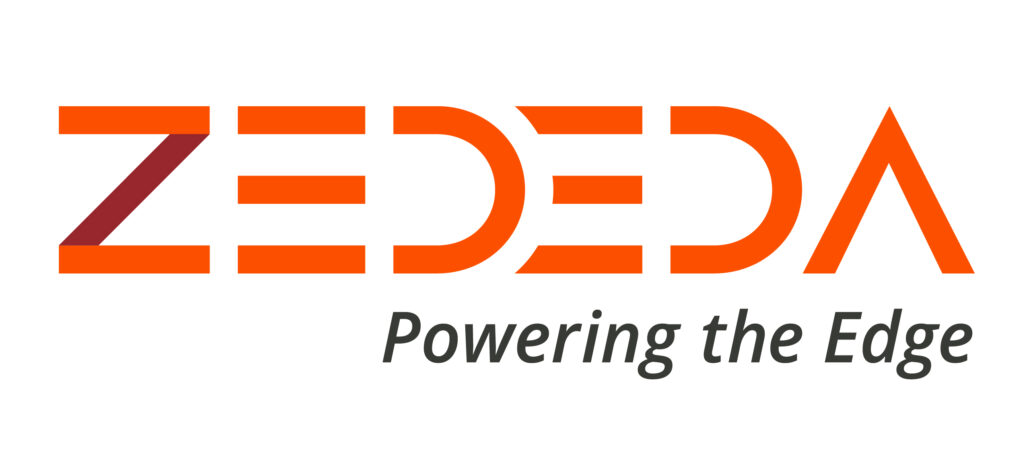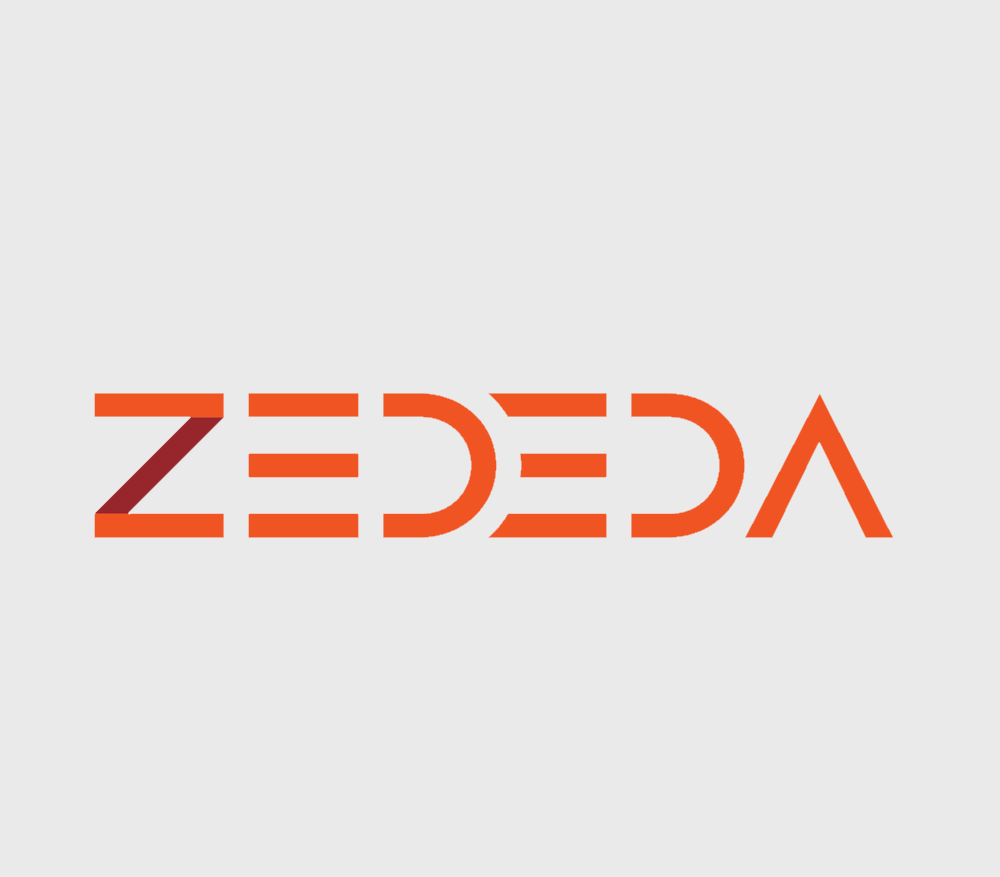
Today, technological innovations are rapidly re-shaping the landscape of a variety of industries, and few more so than the introduction of 5G. 5G is next generation wireless network technology that’s expected to change the way people live and work. It’s faster and able to handle more connected devices than the existing 4G LTE network, with improvements that will enable a wave of new kinds of tech capabilities and products.
While 5G networks began rolling out in the United States and around the world in 2018, many leading players are now investing in 5G infrastructure technology as a response to increasing demand for fully autonomous driving, advanced robotics, AR/VR and telemedicine, among other uses. The global market for 5G infrastructure was recorded at $12.9 billion in 2021, but predictions point to this number increasing rapidly. Expected to grow at CAGR of 55 percent, the market for 5G is estimated to hit $115.4 billion by 2026.
These estimations don’t really come as a surprise to many organizations across a variety of industries, as the benefits and use cases of 5G are still growing. The endless potential 5G has to revolutionize communications and other daily processes for those who leverage it has made the network one of the most sought after digital applications. Meanwhile, there are some practical realities that have held the technology back from reaching its full potential yet, despite the promise.
We discussed these issues and more in a recent episode of the Transform Digest series, where leaders from across industries are coming together to discuss topics from ZEDEDA Transform, an annual event that brings together experts from across the edge computing and IoT landscape.
Hosted by Jason Shepherd, VP of Ecosystem at ZEDEDA, the episode featured three industry expert panelists, including Jillian Kaplan, Telecom and 5G Thought Leader at Dell, Sander Rotmensen, Director of Industrial Wireless Communications Products at Siemens, and Jon Woodland, Distinguished Architect – IOT / IIOT-5G & Edge at Verizon Sensor Intelligence.
Shepherd opened the discussion by asking the panelists what they thought has created all of the recent hype around the 5G rollouts.
“The true hype is what 5G offers. The 10 gigabits speeds of download, the reliability, the five milliseconds of latency, the one million IoT devices per square kilometer, the 10 terabyte backbone of 5G per square kilometer, and all of these things coming together created this hype,” said Woodland. “It helped people understand that we’re dealing with a dramatically different type of technology than we have before with 2G, 3G, and 4G when we were just really talking about bandwidth differences.”
The conversation then continued, as the panelists discussed why the 5G rollout has taken longer than expected, as well as some of the associated challenges.
“I think, if you look at the 5G rollout, we need to look at two aspects, and one of those is of course the public networks. For example, I think if you look at the European side of things, some countries are very far advanced already with the spectrum situation. Over half the countries have already auctioned off the spectrum for public use,” said Rotmensen. “But there are still some countries who have not, and this is delaying the rollouts. Then if the rollout is taking place, they’re focusing on cities and, and where we need it to be successful in the enterprise or manufacturing business is not necessarily in the city centers. We need to have it outside of there, in more rural areas, for everyone to experience 5G.”
“It’s an entirely new architecture. It’s hard to not just make things quicker and with lower latency and higher bandwidth, but to build an entirely new architecture, especially because traditionally telecommunications companies are very large,” added Kaplan. “There are a lot of changes that need to happen in order for that to happen, and I think that’s really been one of the hardest things about the 5G rollout.”
The panelists also discussed the relationship between 5G and edge computing.
“We think that they’re connected, 5G and MEC multi-access edge computing, and what we define as computing,” said Woodland. “It’s just a part of that fundamental foundation of technology that you build a 5G network around to optimize both applications.”
“I think that you need to build out your edge to build 5G correctly. I’ll say you can’t not build your edge out,” echoed Kaplan. “Now the most important thing is really building the right servers for our communication service providers and making sure that they’re edge ready in order to marketize 5G.”
From there, the panel wrapped things up with an audience Q&A, discussing 5G solutions, and the overall monetization of 5G.
“We are focusing on more solutions to ensure that there’s monetization for the investments that are being made in the network,” said Kaplan. “In use case within manufacturing, healthcares, retail, and vehicle autonomy, which doesn’t involve flying cars tomorrow, but is more operational right now.”
“I think where we need to look out for solutions, which can be managed by the user, that will definitely be a cost driver. I’m not necessarily saying that a rollout needs to be done by the user, but the daily operations would already be great if that could be handled,” said Rotmensen. “I think you need to create a solution, which is light enough to address the needs for mission-critical applications in industry environments, but you also need to create a solution which is manageable, manageable by everyone, for the optimal monetization of 5G.”
To watch the full discussion, click here.




